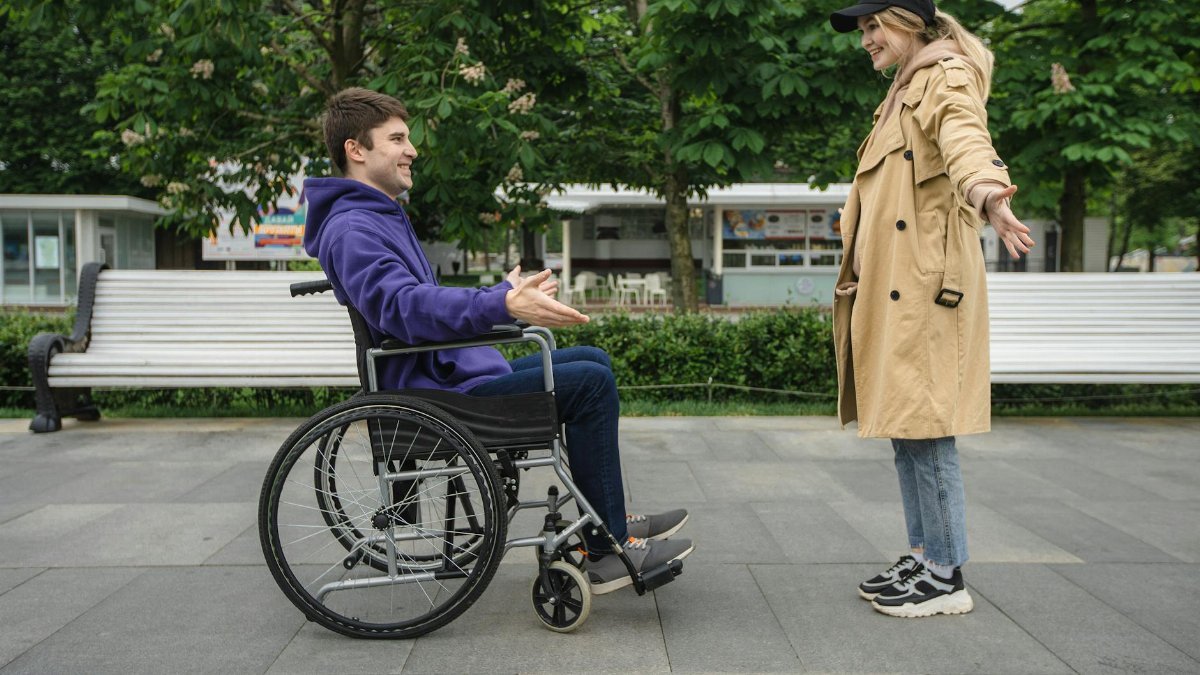Imagine a quiet afternoon, the kind where your mind drifts as you stare out a window. Thoughts wander to a recent conversation, a task you stumbled through, or a skill you’re itching to master. What if, in those idle moments, your brain was secretly at work, strengthening memories and refining abilities? This isn’t just wishful thinking. Neural replay learning—a process where the brain revisits and reinforces experiences during rest or daydreaming—is emerging as a powerful, often untapped tool for personal growth. Scientists are uncovering how these mental reruns, once thought to be mere background noise, play a critical role in how we learn and adapt. For many Americans in 2025, grappling with information overload and packed schedules, understanding this hidden mechanism could transform fleeting downtime into a surprising ally for self-improvement.
The Science Behind Neural Replay

At its core, neural replay learning describes a fascinating brain behavior. During periods of rest or distraction, specific neural patterns that fired during an earlier experience—like practicing a speech or navigating a new route—reactivate spontaneously. Think of it as your brain hitting the “replay” button, but with purpose. Research shows this isn’t random; it’s a deliberate process to solidify memories and improve skills. A landmark study from the University of California, San Francisco, found that neural replay often occurs during sleep or quiet wakefulness, prioritizing experiences tied to learning or emotional significance.UCSF News reported that this mechanism helps transfer short-term memories into long-term storage, a kind of mental archiving.
But it’s not just about memory. The replay process also allows the brain to simulate “what-if” scenarios, tweaking strategies for future attempts. Picture a musician mentally revisiting a tricky chord progression during a coffee break. Their brain isn’t just recalling; it’s refining.
Daydreaming with a Purpose

Not all mind-wandering is wasted time, despite what productivity gurus might claim. Neural replay learning often kicks in when we’re least focused—those moments of staring into space or letting thoughts drift on a commute. A 2021 study from Harvard Medical School highlighted that such unstructured mental states create fertile ground for replay, allowing the brain to process unresolved challenges.Harvard Health notes that this can enhance problem-solving, often leading to “aha” moments when we least expect them.
Consider a software developer stumped by a coding bug. After stepping away, their mind meanders while washing dishes. Unbeknownst to them, their brain is replaying the problem, testing solutions. By the time they return to their desk, a fix emerges, almost unbidden. This isn’t magic; it’s neural replay at work.
Why Rest Matters More Than Ever

In a culture obsessed with hustle, rest often feels like a guilty indulgence. Yet, neural replay learning underscores why downtime isn’t just nice—it’s necessary. The brain needs these pauses to process and integrate new information. A report from the National Institutes of Health emphasizes that sleep, in particular, amplifies replay activity, with distinct brain waves during deep sleep correlating with memory consolidation.NIH Brain Basics explains that without adequate rest, learning suffers, no matter how many hours we grind.
This hits home in 2025, as Americans juggle hybrid work, endless notifications, and shrinking personal time. Skipping rest doesn’t just tire us out; it robs our brains of the chance to replay and refine what we’ve encountered. The irony? Slowing down might be the fastest way to improve.
Harnessing Replay in Everyday Life

So how can ordinary people tap into neural replay learning without a neuroscience degree? It starts with small, intentional shifts. First, build moments of quiet into your day. A five-minute break after a tough meeting or a walk without a podcast can give your brain space to process. Don’t rush to fill every gap with input; let your mind wander. Studies suggest that even brief disengagement triggers replay, strengthening what you’ve just done or learned.
Another tactic is reflection. Before bed, mentally revisit a skill or moment from your day—say, a presentation that felt shaky. Don’t overthink it; just recall the broad strokes. Research from Stanford University indicates that such guided reflection can cue the brain to prioritize those experiences during sleep-based replay.Stanford News suggests this simple habit can boost retention over time.
The Emotional Side of Replay

Neural replay isn’t just about skills or facts; it often latches onto emotionally charged moments. That argument with a friend? The thrill of nailing a project? Your brain might revisit these scenes unprompted, replaying them to extract lessons or ease unresolved tension. This can be a double-edged sword. While it helps us process complex feelings, it can also trap us in loops of worry if the memory is negative.
One anonymous account shared online captured this vividly: after a heated family disagreement, the person found themselves mentally replaying the exchange for days, each time tweaking what they wished they’d said. Over time, this repetition dulled the sting, helping them approach the next conversation with clearer perspective. It’s a reminder that replay isn’t always conscious, but its effects shape how we move forward.
Challenges in Leveraging Replay

Harnessing neural replay learning isn’t without hurdles. For one, modern life often stifles the conditions it needs. Constant screen time, stress, and overstimulation can disrupt the brain’s ability to enter restful states where replay thrives. Add sleep deprivation—common among middle-aged adults balancing careers and caregiving—and the process grinds to a halt. The brain, overwhelmed, struggles to prioritize what to replay.
Then there’s the unpredictability. We can’t always control what our brain chooses to revisit. A student cramming for an exam might hope their brain replays key formulas, only to fixate on an unrelated embarrassment instead. Learning to guide replay, through intentional rest or reflection, takes patience and practice, and even then, results aren’t guaranteed.
A Broader Impact on Learning Culture

Zoom out, and neural replay learning could reshape how we approach education and work in 2025. Traditional models often emphasize relentless focus—cramming for tests, back-to-back meetings—but ignore the brain’s need for consolidation. What if schools built in “replay breaks” after lessons, encouraging quiet reflection over more content? What if workplaces valued downtime as much as output, recognizing its role in innovation?
Some forward-thinking educators are already experimenting. In certain U.S. districts, short mindfulness exercises follow intense learning blocks, giving students’ brains a chance to process. Early feedback suggests improved retention, though it’s too soon for definitive data. Still, it hints at a future where learning isn’t just about input, but about giving the mind room to breathe and replay.
Moving Forward with Mindful Learning

Neural replay learning offers a quiet revolution—one that doesn’t demand new gadgets or grueling effort, just a shift in how we value our mental downtime. It’s a call to rethink the rush of daily life, to see daydreams and rest not as detours, but as vital steps in growth. For many, the challenge lies in unlearning the instinct to stay “on” every second. Yet the payoff could be profound: skills that stick, insights that emerge, and a mind that works smarter, not harder.
Next time your thoughts drift, don’t snap back to task mode too quickly. Let the replay unfold. That idle moment might just be your brain’s way of turning fleeting experience into lasting strength.
Disclaimer
The content on this post is for informational purposes only. It is not intended as a substitute for professional health or financial advice. Always seek the guidance of a qualified professional with any questions you may have regarding your health or finances. All information is provided by FulfilledHumans.com (a brand of EgoEase LLC) and is not guaranteed to be complete, accurate, or reliable.
